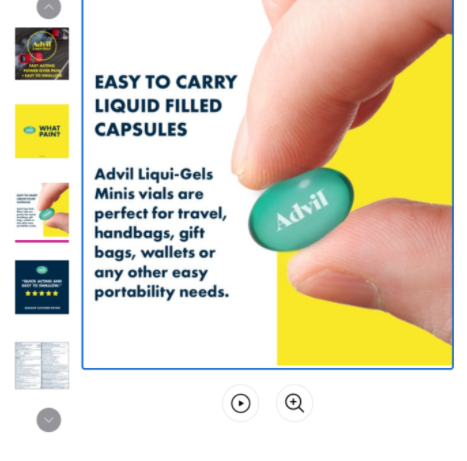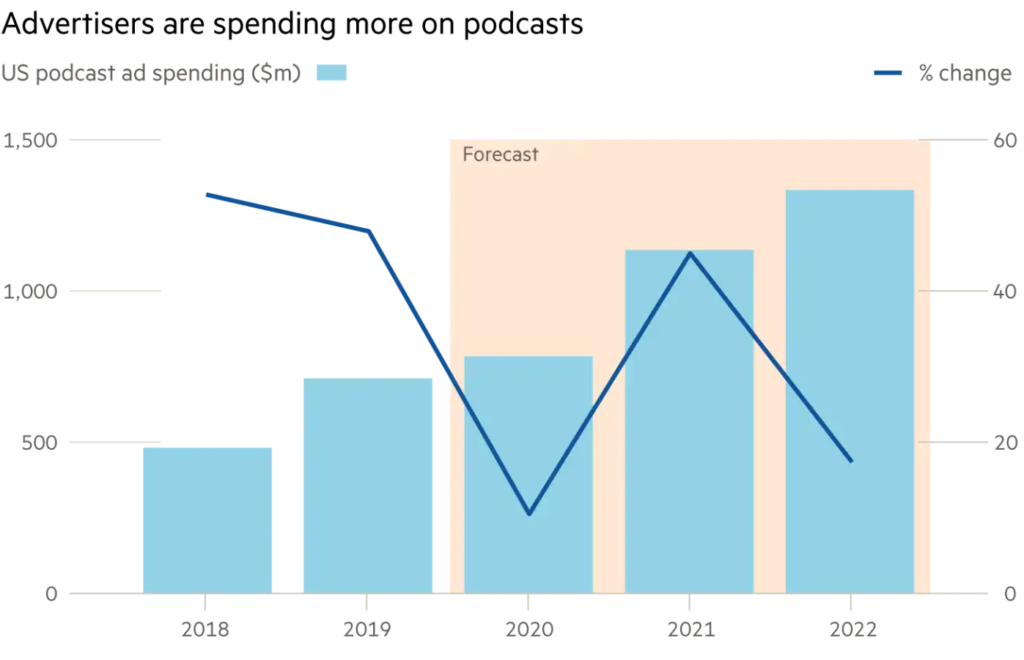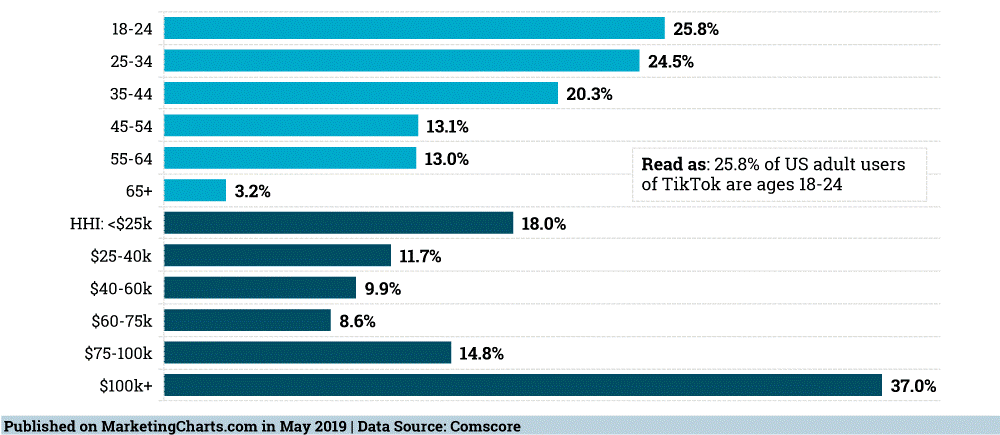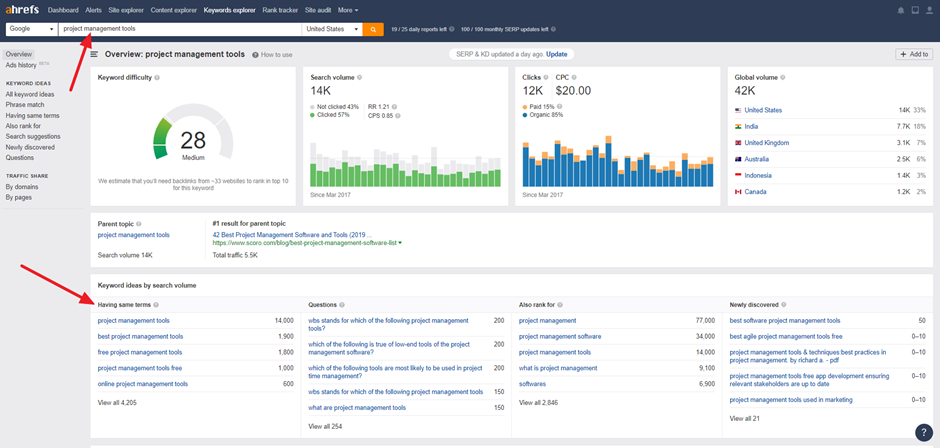What is Amazon DSP?
Amazon Demand Side Platform (DSP) is an advertising platform for advertisers that enable brands to reach out to potential customers efficiently and effectively at scale. This is done by programmatically buying display, video, and audio ads both on and off Amazon.
Programmatic advertising uses data to decide which digital advertising spaces to buy and how much to pay for them. Therefore, this kind of advertisement allows brands to use Amazon targeting capabilities in showing ads not only on Amazon owned-and-operated web properties but also on those that it does not control.
Why Amazon DSP?
A 2020 report showed that about 63% of consumers bypass Google and other search engines when searching for products on online marketplaces. Not only are more consumers shopping through eCommerce than ever before, but they are also using online marketplaces like Amazon throughout the entire buying funnel. The question is, why chose Amazon DSP?
1. Efficient spending
By its working principle, Amazon’s DSP program facilitates the buying and selling of digital advertising placements on Amazon and other internet media platforms (websites, mobile apps, and online video channels). Due to the dynamic cost per thousand impressions (CPM) pricing model of this program, highly efficient spending is promoted as Amazon DSP enables bid price adjustment for advertisers.
2. Bid on audience
While search ads let advertisers bid on keywords or products consumers might be searching for, DSP ads allow Amazon advertisers and ad agencies to bid on audiences. This tact allows your products to reach buyers according to their purchase history, demography, preferences, or lifestyle. Consequently, all advertisers can leverage ads on Amazon-owned entities which benefit from Amazon’s exclusive audience insights.
3. Variety of ad placements
Since DSP favors top of the funnel ads, it is also an important tool for increasing brand awareness. Also, DSP offers a larger variety of ad placements and more control over creative, which can be combined with Amazon Deals and Coupons. Since Amazon’s DSP program facilitates ad placements beyond Amazon.com, brands that are not affiliated to Amazon can take advantage of this opportunity.
4. Less competition
DSP advertising currently has much less competition than search ads or sponsored display ads. Now is the time to take advantage of this wider, yet more targeted, potential while competition and CPM are still relatively low giving you a high return on advertising spend (ROAS).
5. Build a metrics-based strategy
At no additional cost to advertisers, Amazon DSP provides audience insights and performance reporting before and after campaigns, hence, helping you understand what’s driving results in your campaigns and re-strategize when there’s a need.
Types of Amazon DSP Ads
Since Amazon DSP enables advertisers to leverage and run ads of different types on various platforms and in different mediums. Here are some examples to include in your advertising strategy:
Dynamic e-commerce ads
Dynamic e-commerce ads automatically optimize which creative shows based on your campaign goal. To encourage customers to view the product on Amazon, you can include coupon codes or customer reviews in your creative. Dynamic ads can only link to a product detail page.
Static ads
Static ads don’t have any dynamic elements, so they need specific calls-to-action, like “Shop Now.” These ads lead back to an Amazon storefront, product detail page, or custom landing page.
Video ads
Video ads through DSP can run within video content (in-stream video) or as part of a display ad (out-stream video). You can link your video ads through DSP to a product detail page on Amazon or to your own site. Creating video ads through DSP also means you can leverage Amazon’s audiences to target the right shoppers.
Over-the-top video ads (OTT)
These are non-clickable, non-skippable, full-screen ads. They are a great way to reach millions of people on connected TV sources (like the Amazon Fire TV Stick). You can target specific Amazon audiences using this ad type.
Amazon onsite display banners
These banners appear on the purchase confirmation page to target consumers in the buying mindset. However, since you are targeting consumers after the purchase, they may feel their shopping is complete.
Amazon homepage takeovers
These ads get the largest amount of exposure to customers outside of your normal shopping aisle.
Amazon live ads
Brands can use Amazon Live to create video segments that raise interest in specific products or brands. These are especially powerful during major holidays such as Prime Day or Cyber Monday.
New DSP placements
Hyper quick promo (HQP) and Pinpoint ads can be used to block competitors from your product pages or target competitor products.
How to use Amazon DSP
To commence upper-funnel campaign strategies, ensure your product is retail-ready by having the following:
- High-quality images
- Optimized product description in bullet points
- At least a 3.5-star rating
On recommendation, it is important to run Ad Console campaigns for branded searches simultaneously. As your DSP efforts work, and your brand awareness increases, you will also see an increase in branded searches.
Since Amazon DSP offers audience insights to help advertisers understand their audience based on brand engagement, demographic trends, and temporal trends, you can leverage customer data to target shoppers. Also, you can prospect with DSP audience by using both your company’s first-party data and Amazon audiences.
Best Practices for Amazon DSP Advertising
- Use conversion campaigns to retarget past purchasers, ad clicks, and contextual segments, you can increase the effectiveness of your existing Amazon ads both on and off Amazon.com. Hence, to have a great ROAS, DSP is a veritable tool.
- Use ads to launch an awareness and consideration campaign targeting shoppers who viewed your product category or fit your market or lifestyle demographics.
- Measure Detail Page View Rate (DPVR), Click-Through Rate (CTR), and Video Completion Rate (VCR) to track your success in building brand awareness.
- Focus on Static and Dynamic eCommerce ads as a good starting point is to see what works best for your brand. Typically they perform equally well, so any variations will provide insights into how your brand and audience can best utilize DSP ads.
- Make use of the increased customization offered by DSP ads by adding deals, coupons, or Subscribe and Save discounts on DSP creatives.








